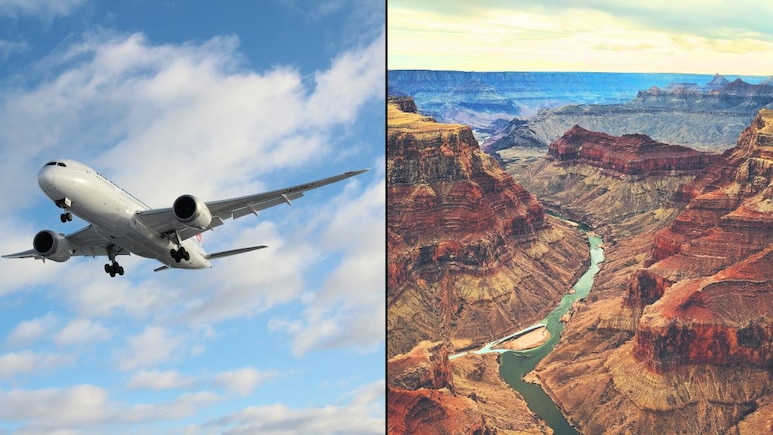
The United States entered a federal government shutdown at 12:01 a.m. EDT on 1 October 2025, after Congress failed to pass an interim funding measure. The deadlock has forced parts of the federal government to suspend non-essential operations, a development that is likely to affect travel, tourism and visitor services across the country.
What Does A US Federal Government Shutdown Mean?
A government shutdown happens when lawmakers do not agree an appropriations bill or stopgap funding is not passed. Without approved funding, many federal agencies scale back or suspend non-essential services, and staff may be furloughed or required to work without pay. The last and longest recent shutdown ran from 22 December 2018 to 25 January 2019, lasting 35 days - a benchmark often cited when assessing potential impacts.
How The US Federal Government Shutdown Could Impact Travellers And Tourism:
National Parks And Iconic Sites
Conservation groups have warned that a shutdown could force closure or suspension of services at national parks, reported CNN. The National Parks Conservation Association has said a funding lapse could affect 433 national park sites nationwide, with visitor centres, restrooms and other services likely to be limited or closed where parks cannot be safely staffed. That raises the prospect that high-profile sites, including the Grand Canyon, could see significant restrictions or temporary closure.
Some states are preparing to step in. Utah officials say they are monitoring the situation and are committed to doing what they can to keep national parks in the state accessible, recognising the parks' major economic role for local communities.
Economic Hit To Tourism
Park closures and reduced services have ripple effects. Hotels, restaurants, tour operators and other local businesses that depend on park visitors face immediate losses. As reported by CBS News, the U.S. Travel Association warned that a shutdown could cost the travel economy roughly $1 billion a week, citing disruption to air and rail travel and closure of parks and museums.
Airports, Air Traffic Control And Security
Airports will remain open, but aviation authorities and industry groups warn of strain. The Department of Transportation has said that, in a funding lapse, thousands of FAA employees could be furloughed while many air traffic controllers and Transportation Security Administration staff would be required to work without pay - a situation that can depress morale and raise the risk of staff shortages and operational slowdowns. According to NPR, past shutdowns led to staffing shortfalls and flight disruption, and aviation groups say similar problems could reappear.
Flight Delays And Training
Flights are expected to operate but passengers should prepare for possible delays, cancellations and longer lines at security checkpoints. The FAA has said it met its Fiscal Year 2025 hiring goal for air traffic controllers - bringing in just over 2,000 new controllers - but the agency has also warned that training programmes and some hiring could be paused or limited during a funding lapse. That could affect near-term capacity and recovery of staffing levels.
Museums And The Smithsonian
The Smithsonian Institution - which oversees 21 museums and the National Zoo - has said it will use prior-year funds to keep its museums, research centres and the zoo open through at least Monday, 6 October 2025, while it assesses the evolving situation. Individual institutions that the Smithsonian supports in other cities would be covered by that contingency where applicable. Travellers should check museum web pages for the latest visiting guidance.
Statue Of Liberty And Other Landmarks
Some landmarks managed by the National Park Service, such as the Statue of Liberty and Ellis Island, could be affected if staffing and operating arrangements are not secured. In past shutdowns, states or private groups sometimes arranged temporary funding to keep specific sites open; visitors should consult official park websites before travelling.
If the shutdown continues, travellers planning US trips should be ready for itinerary changes, reduced services and the possibility that popular attractions will offer a diminished experience. For now, the three practical steps are:
- Check official sites (airline, airport, National Park Service, Smithsonian) before travel.
- Contact airlines for rebooking options and keep travel insurance details handy.
- Expect slower processing at security and plan extra time at airports and parks.
Track Latest News Live on NDTV.com and get news updates from India and around the world

